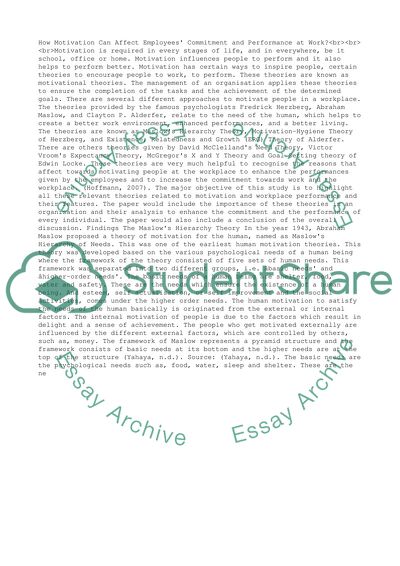Cite this document
(“How Motivation Can Affect Employees' Commitment and Performance at Essay”, n.d.)
Retrieved from https://studentshare.org/business/1394219-how-motivation-can-affect-employees-commitment-and-performance-at-work
Retrieved from https://studentshare.org/business/1394219-how-motivation-can-affect-employees-commitment-and-performance-at-work
(How Motivation Can Affect Employees' Commitment and Performance at Essay)
https://studentshare.org/business/1394219-how-motivation-can-affect-employees-commitment-and-performance-at-work.
https://studentshare.org/business/1394219-how-motivation-can-affect-employees-commitment-and-performance-at-work.
“How Motivation Can Affect Employees' Commitment and Performance at Essay”, n.d. https://studentshare.org/business/1394219-how-motivation-can-affect-employees-commitment-and-performance-at-work.


